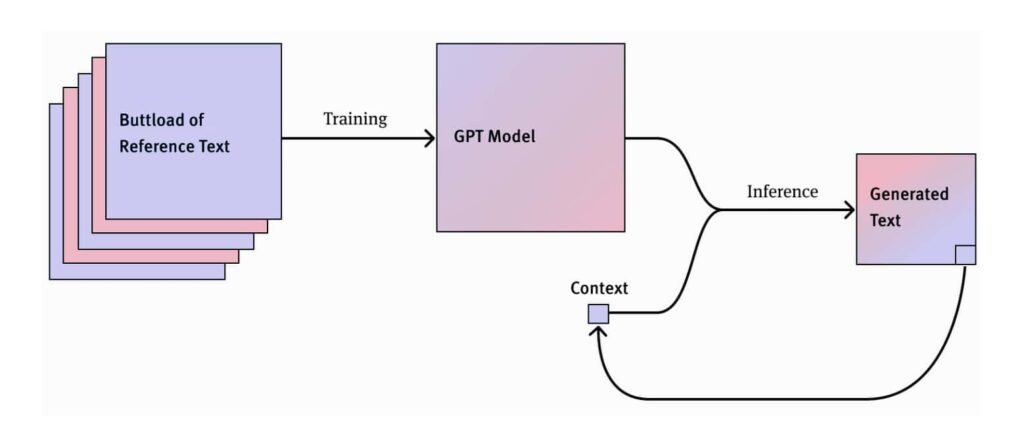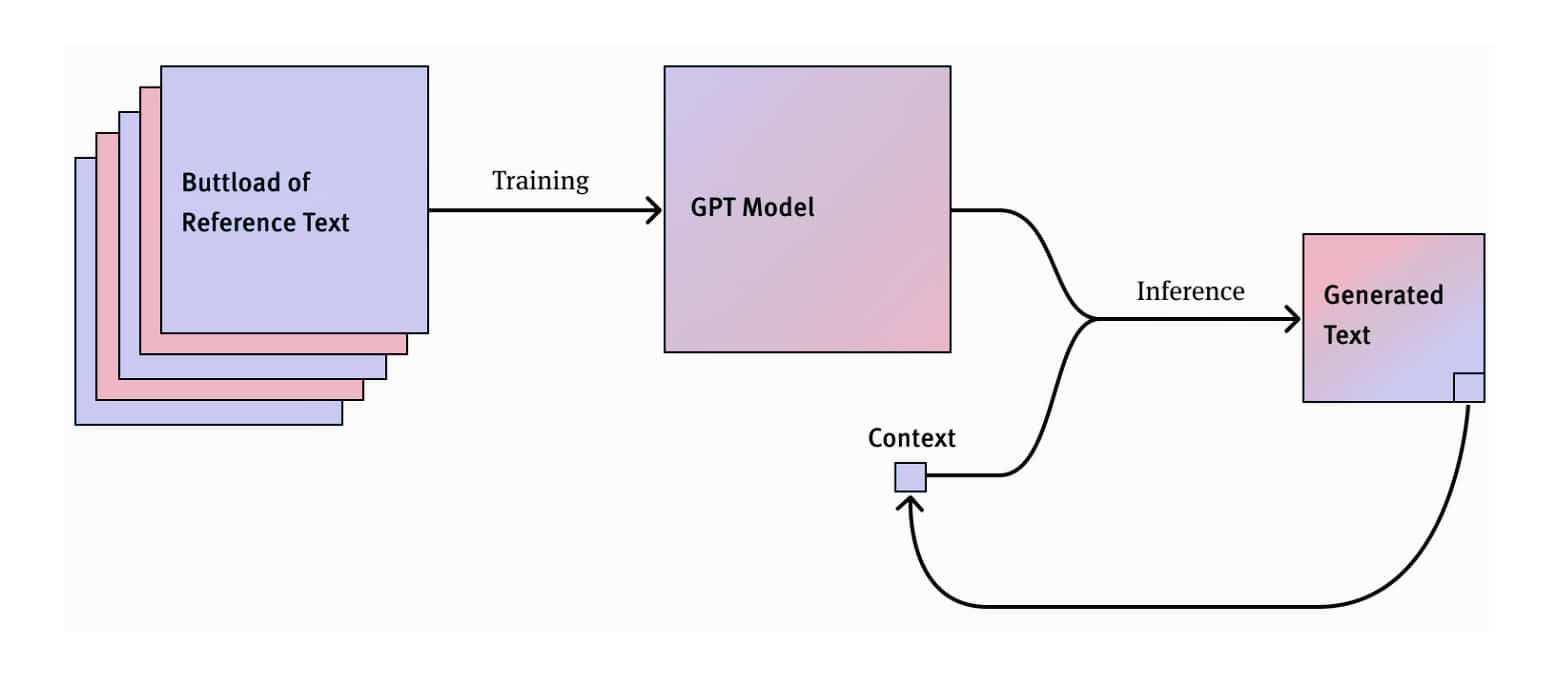
Finding the Signal in the Infinite Haystack of Noise
The internet today is a hurricane of transient information. Open Twitter, Substack, Hacker News, Reddit – repeat. Click. Scroll. Open link in new tab. Your browser transforms into an accordion of chaos, where tabs multiply like rabbits and shrink into tiny glyphs whispering, “Don’t forget me!”
But you can’t keep up. Eventually, you hit browser bankruptcy. Sometimes it’s accidental – an untimely crash forces you to rebuild your cognitive map of what might have been important. Other times, it’s deliberate. You close it all, hands trembling, a digital purge that feels like tossing a pile of unread mail into the trash.
And here’s the punchline: none of it mattered. Those 30-page research papers? The paywalled hot take on the NextBigThing™? They weren’t going to change your life. The truth is that the most scarce resource in your life isn’t time. It’s attention.
The Economy of Attention
Big Tech figured this out before you did. Attention is a fixed pie: 24 hours in a day, and a good chunk is already booked for eating, sleeping, and working. Meanwhile, the world’s collective information output is expanding like the universe – 100 hours of video uploaded to YouTube every minute. Most of it is junk. But some of it? It’s engineered to hijack your brain.
Albert Wenger nails it:
“Increasingly, you can measure how valuable something is by how much attention it controls.”
Google does this with hyper-optimized ads. Facebook builds echo chambers that feed on your fears and desires. YouTube leads you down rabbit holes until you find yourself watching conspiracy videos at 3 a.m. The goal isn’t to inform you; it’s to trap you. Zuckerberg’s bet on the metaverse is just the next frontier – an immersive, 360-degree attention vacuum.
So here’s the question: If attention is finite, how do you protect it? How do you spend it wisely, avoiding the quicksand of algorithmic traps?
The Art of Curating Attention
The flood of content is overwhelming. The only way to survive is through curation. But not all curation is equal. There are two kinds: algorithmic and human.
Algorithmic Curation
Algorithmic feeds don’t care about you. Their job is to keep you hooked. The result? Sensationalism, outrage, and a warped perception of reality. You’re not just scrolling; you’re spiraling. Platforms like Facebook and YouTube don’t just want your attention – they want to shape it, funneling you toward extremes.
The best way to win this game? Stop playing. Most productive people don’t think they’re immune to these traps – they know they aren’t. That’s why they install grayscale apps, block feeds, or go full-on digital minimalist.
Human Curation
Human-curated content feels better – newsletters, Substack essays, handpicked recommendations. But there’s a catch: the volume is still too much. You subscribe to too many newsletters, and even though they’re great, they pile up. The result? You’re back where you started – drowning.
Even the best-curated content has limits. You don’t want everything; you want the right things. And sometimes, the best signal comes from the least obvious places. For me, that’s my friends. My favorite reads aren’t from algorithms or newsletters – they’re links my friends text me. Friend-filtered content is high-signal, low-noise, and often surprisingly refreshing.
A New Way Forward: Filters All the Way Down
What we need isn’t just another platform. We need better filters. Imagine this:
- A platform where you pick specific topics and people to follow. No endless feeds. Just intentional channels.
- Every morning, it delivers 3-5 articles. Some are highly recommended by friends, others are curveballs – a little weird, a little offbeat, but designed to expand your mind.
- These aren’t “hot takes” from yesterday. They’re timeless. The kind of essays that stay relevant years after they’re written.
This isn’t about volume; it’s about distillation. It’s about reclaiming your attention and focusing it on the ideas that matter. A platform like this couldn’t survive on ads – it would have to be subscription-based. But that’s the point: alignment. If you’re paying for it, its job is to serve you – not trap you.
And it doesn’t have to stop at text. The same principles could work for podcasts, videos, even music. Imagine a world where every piece of content you consume feels intentional, like it was chosen for you, not because it gamed an algorithm.
The Challenge – and the Opportunity
The internet’s greatest promise was that it would democratize information. And it did. But the side effect is noise. Our job now is to build tools that help us sift through that noise, tools that respect our attention rather than exploit it.
If you’re building something like this – or thinking about it – let’s talk. I’d love to collaborate, brainstorm, or just trade notes. The world doesn’t need more content. It needs better filters.
